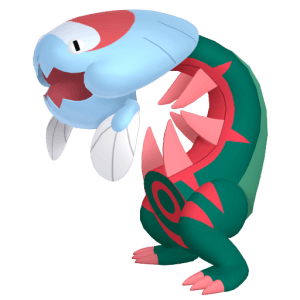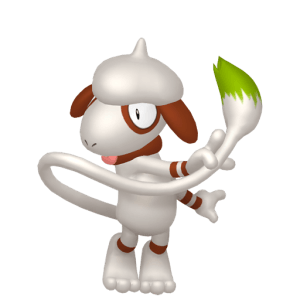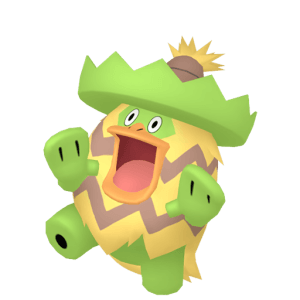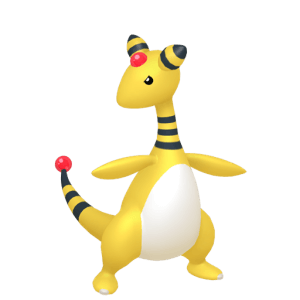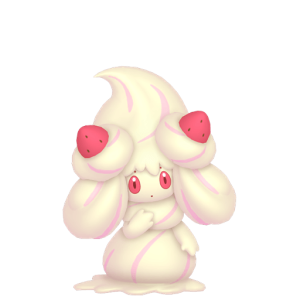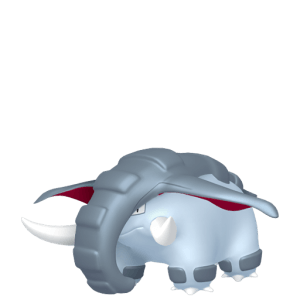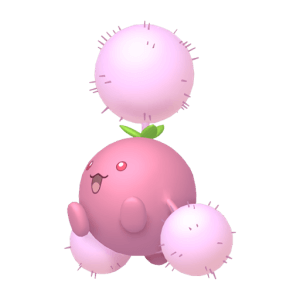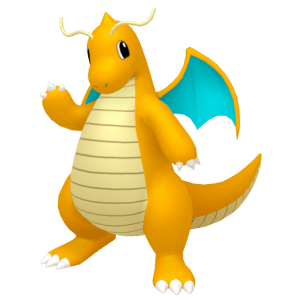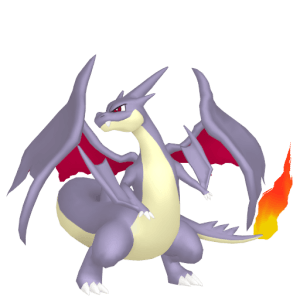Hello all, some of you may remember me from the Black/White and Black/White 2 coverage where I helped pokejungle with the initial release information and translation help, or my article last year on Team Plasma. Nether less, I come to you today as a part of the PokéJungle team with my own series of articles.
In this series, I intend to show, inform and break down the Japanese names for Pokémon as well as teaching you how to identify characters and to learn some new words. I will start from the beginning, each article focusing on a different evolution line.
First up; Bulbasaur, Ivysaur, Venusaur.
[spoiler]
Bulbasaur (フシギダネ) Fushigidane
So first off, we have 5 characters here. For Japanese, names are mostly written in Katakana as opposed to their Hiragana counterparts.
フ- (Hu) often pronounced as ‘fu’ as in ‘fusion’
シ- (Shi) pronounced as ‘she’
キ – (Ki) pronounced as ‘key’
タ – (Ta) pronounced as ‘tah’ as in ‘Tank’
ネ – (Ne) pronounced as ‘neh’ as in ‘Net’
Now you’re probably wondering, Fushikitane, that doesn’t look nor sound right. That’s because it doesn’t. On the top right of the 3rd and 4th characters (Ki and Ta respectively) there appears to be two dashes. These dashes are called “Ten-Ten” and will change the consonant of the Character. In this case, ‘Ki’ becomes ‘Gi’ (as in Guitar) and ‘Ta’ becomes ‘Da’ (as in Dad).
Now is your turn, say it like this; ‘Fu-Shi-Gi-Da-Ne’. Break up the characters to get a better feel for each sound before combining them together to say ‘Fushigidane’.
With pronunciation out of the way, we can move onto the origin of the name. The name, Fushigidane, is a play on words forming the elliptical question; ‘Strange, isn’t it?’ ネ is a common sentence ending particle used as an elliptical question asking the receivers agreement or opinion on the subject at hand.
Fushigidane could mean ‘Strange Seed’.
フシギ (Fushigi) means something strange, weird or mysterious, not something you would come across in your everyday life.
タネ (Tane) on the other hand, means a seed or stone of a plant. When combined with another word, Japanese words sometimes change. In this case, Tane becomes Dane (ダネ).
Ivysaur (フシギソウ) Fushigisou
Well, doesn’t this seem sort of familiar? As we know from Bulbasaur, the first three characters (フシギ) are Fu, Shi and Gi, together meaning strange.
But now we have two new ones:
ソ – (So) pronounced as ‘soh’ as in ‘Sock’
ウ – (U) pronounced as ‘oo’ as in ‘Ooze’
Now try; ‘Fu-Shi-Gi-So-U’ separately at first, then together in Fushigisou.
There are many variations of what Ivysaur’s name could mean. It can easily be a play on words meaning ‘it seems strange’; ソウ(sou) is a suffix drawing attention to the state of the object that the speaker notices.
相(ソウ) means physique or looks, making it ‘Strange-looking’ or ‘Strange-Physique’.
草(ソウ) means grass, seeming as Bulbasaur was a ‘Strage Seed’, it makes sense that Ivysaur could be ‘Strange grass’.
Venusaur (フシギバナ) Fushigibana
Again with the フシギ, this evolution line is a string of strange creatures, but aren’t most Pokemon? However like Ivysaur, we have two new characters following.
ハ – (Ha) pronounced as ‘ha’ as in ‘hat’
ナ – (Na) pronounced as ‘na’ as in ‘nap’
So here we go with ‘Ten-Ten’ again, in this case ハ ‘ha’, becomes バ ‘ba’ as in ‘bark’. Now, we have Fushigibana; Fu-Shi-Gi-Ba-Na.
Now you’re getting it! Good work!
The most common translation for Venusaur’s name is ‘Strange Flower’, coming from 花(はな)’hana’ meaning flower. This too fits in with the plant references from seed to grass, and finally flower.
However フシギバナ is also a play on words meaning ‘I suppose it is strange…’ バ is a supposition, the speaker making an assumption on the subject at hand, while ナis a strong, mostly masculine sentence ending particle showing strong emotion or emphasis on the sentence before.[/spoiler]
Congrats for making it through! Look forward to next week where I will be running through Charmander, Charmeleon and Charizard!
~Silver out!

